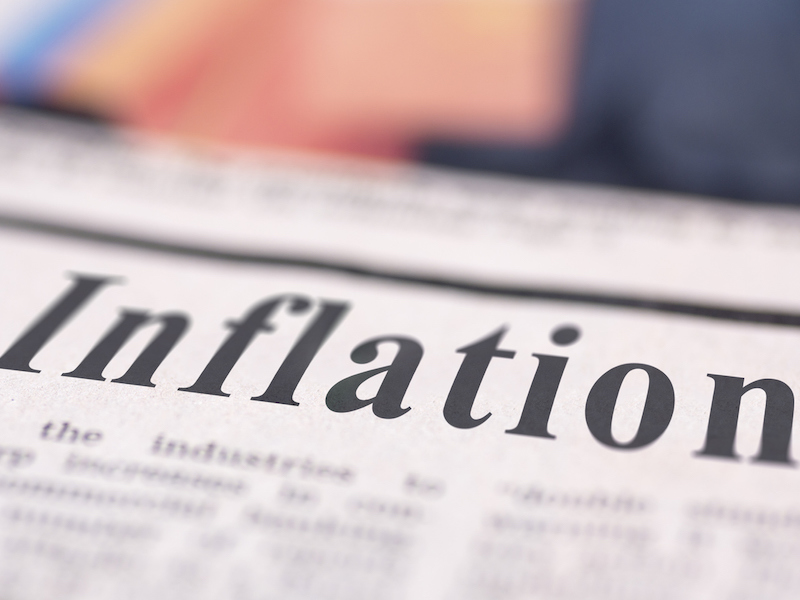
Statistics Canada said Tuesday the annual pace of inflation rose in April for the first time since it peaked in June last year.
The agency said its consumer price index was up 4.4% compared with a year ago, up from a year-over-year increase of 4.3% in March.
The first tick higher in the annual rate since it peaked at 8.1% in June 2022 was driven by higher mortgage interest costs, which were up 28.5% compared with a year ago due to higher interest rates. That’s up from 26.4% in March and 23.9% in February.
Inflation for rent was 6.1% year over year, up from 5.3% in April.
That’s despite overall shelter costs rising at a slower pace in April, at 4.9%. The year-over-year increase in the homeowners’ replacement cost index also slowed for the 12th consecutive month, which Statistics Canada said reflects a general cooling of the housing market.
A report from RBC Economics said shelter was the largest contributor to headline inflation in April, accounting for a third of the growth. Year-over-year mortgage interest costs are expected to start slowing, it said, because of the central bank’s pause on interest rate hikes.
High demand for rental housing could keep prices up, though. A March report by RBC said Canada’s shortage of rental housing could quadruple by 2026, and the fierce demand for rental units has been driving record rent increases.
Despite the increase in the overall annual rate of inflation, the average of the three core measures of inflation that are tracked by the Bank of Canada came in at 4.70% for April, down from 4.97% in March.
However, the three-month moving average of the core measures moved up.
A report from BMO Economics noted that while reducing inflation from very high levels last summer was “quick and relatively easy,” the next stage is proving more difficult.
“Wading through all the moving parts suggests underlying core inflation is settling in around 4%, which is clearly still too high for the Bank of Canada’s comfort,” the BMO report said. “With policy rates on hold at 4.5%, that leaves us with slightly positive real overnight interest rates. But the ‘core’ question is … is that tight enough?”
Grocery prices, which have been closely watched, were up 9.1% compared with a year ago, but that increase was smaller than the 9.7% year-over-year jump in March.
Prices for fresh vegetables in April were up 8.8% on a year-over-year basis compared with a 10.8% gain in March, while coffee and tea prices increased 6.4% year-over-year compared with 11.1% in March.
Gasoline prices in April were down 7.7% compared with a year earlier when prices were higher due in part to Russia’s invasion of Ukraine. However, gasoline prices in April rose 6.3% compared with March, the largest monthly increase since October 2022.
The Bank of Canada has forecast that the annual inflation rate will come down to about 3% in the coming months, but suggested that a return to its target of 2% will take longer.
“Early signs that the lagged impact of higher interest rates are weighing on economic growth suggest underlying price pressures should continue to ease,” the RBC report said. “The BoC is expected to stay on the sideline for the remainder of the year.”